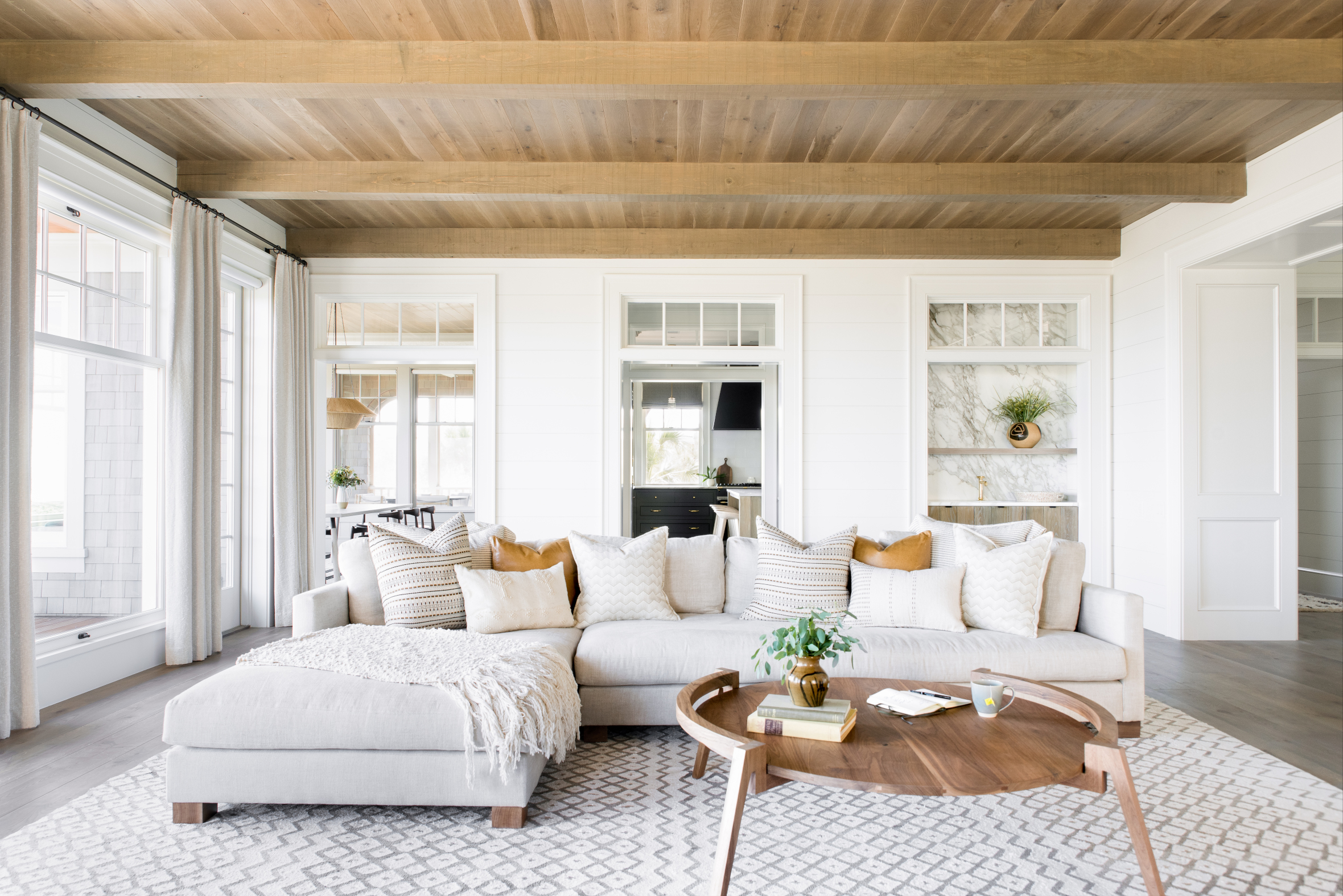
Introduction
According to Mark Roemer Oakland, even when you’re the best in the industry, interior design can be overwhelming. There’s so much lingo, too many rules, numerous ideas, layouts, and decor that can shift your focus away from the most important aspects. Let’s check out the golden rules of interior design.
The Rules
1. Use the architecture – Every home is different and that’s why every style won’t fit every home. Rooms have different dimensions. There are different placements of beams and pillars and other little details that make every home unique. While it’s not necessary to match the interiors with the architecture, you don’t need to fit someone else’s style that you saw in their home or in a magazine in your home. Instead, work towards finding something that fits your style and the space you’re working with.
2. Lighting is key – Lighting has immense power in the way it makes a room look and feel. Dark spaces leave a deep and negative psychological impact and that’s why you need to make sure that your space is well lit. Lighting shouldn’t just be pretty, but practical as well. Let the purpose of the room guide the kind of lighting you need in that space. For instance, while laundry rooms and kitchens need to be lit throughout, you need focused lighting in home theaters and studies.
Use natural light as much as possible since it isn’t just of higher quality than artificial light but saves you a lot of money. Get creative with different types of lighting. Reserve floor lamps for gloomy corners and install overhead lights for dining tables. While mood lighting may not provide a lot of lumens, it can change the vibe of your lounge area and can be an efficient and stunning choice for lighting dark hallways.
3. Don’t obsess over gloss – Most interior design magazines clean-cut, highly stylized, and stunning homes that seem right out of dreams. However, it’s best not to obsess over that look while decorating your home. Your home is a space that you would live in and should represent you. It’s not a fantasy showpiece that’s only meant to impress guests. You can use glossy interior design magazines as inspiration, nothing more.
4. Size does matter – One of the most prevalent rules of interior design is that you don’t put large furniture pieces inside small rooms. However, sometimes following that rule can have counterintuitive effects. Too many small pieces in a small space can make the room look even smaller. Instead, use a single large piece of furniture as the focal point to make the room look bigger and surround it strategically with other small pieces.
Conclusion
Mark Roemer Oakland suggests that you use the above-mentioned golden rules for your next interior design project. There’s no need to be too rigid about anything as long as you can stick to the basics. Most important of all, you’re free to mix things up, experiment, and have fun reflecting your own unique style in your home.
